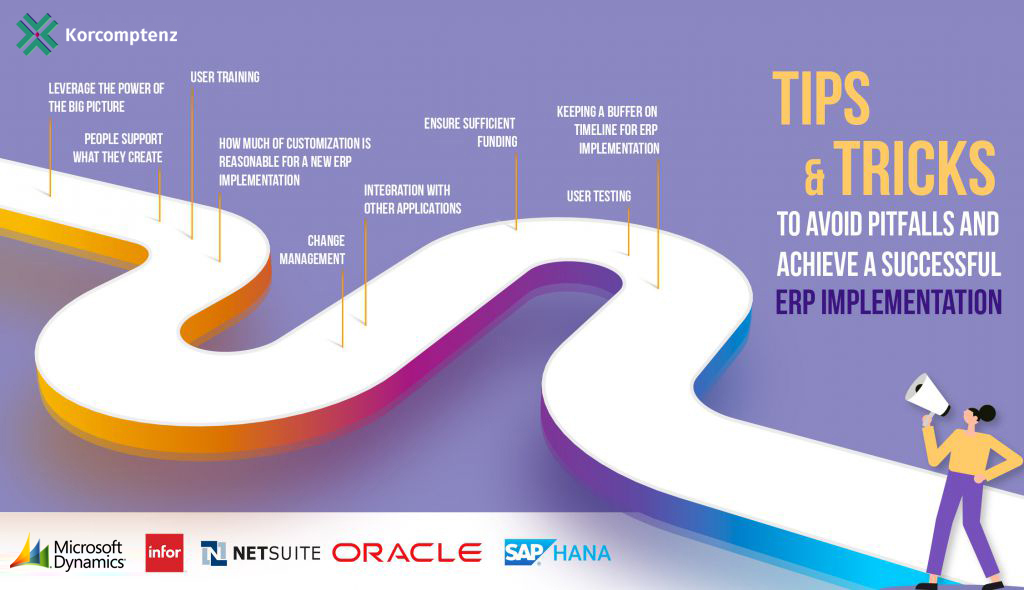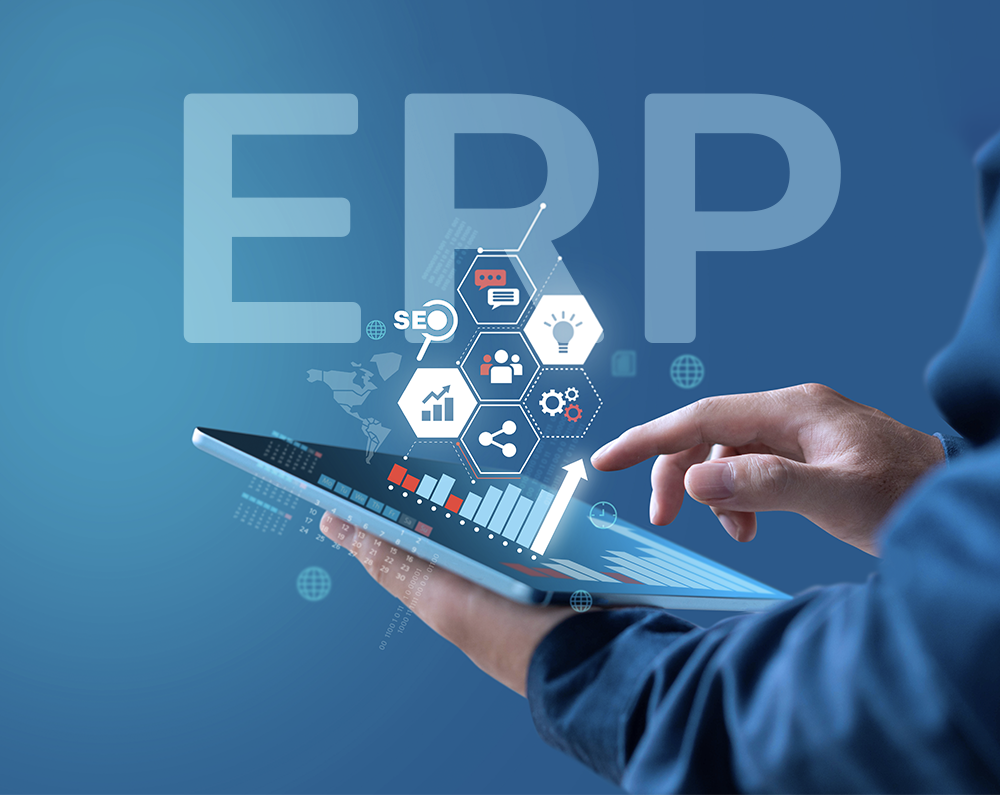
What is Microsoft Dynamics 365 and Why It’s the Future of Business Operations
Explore what Microsoft Dynamics 365 is, how it works, and what it’s used for. Discover its CRM & ERP capabilities, benefits, and features with Korcomptenz, your trusted Dynamics 365 partner.




